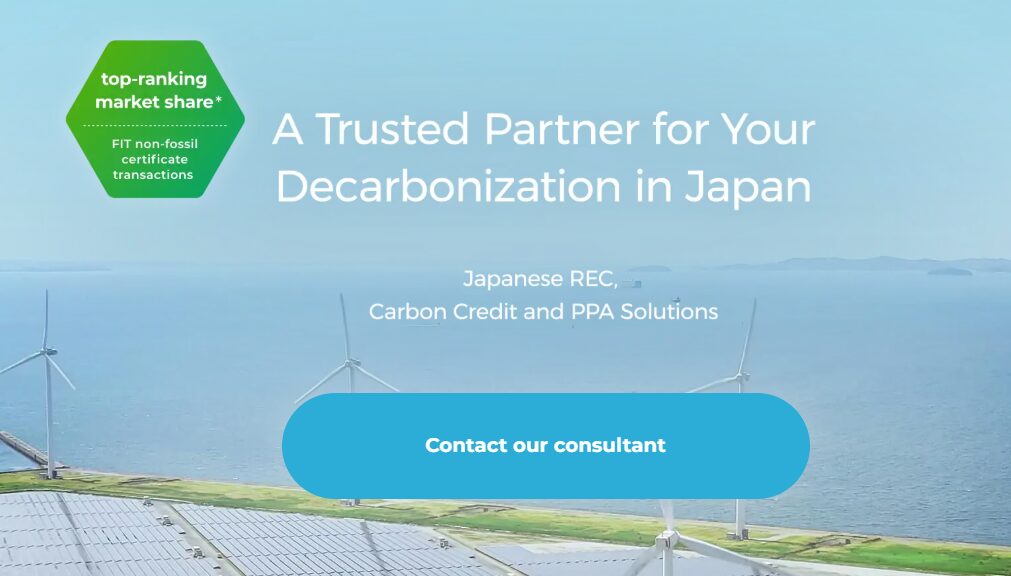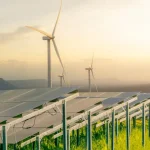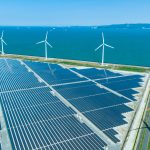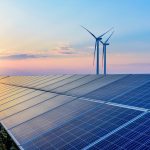Navigating Non-Fossil Certificates: Essential Insights for Corporate Decarbonization
Non-Fossil Certificates are revolutionizing how companies approach decarbonization. These certificates capture the unique environmental value of electricity generated from non-fossil sources – the powerful advantage of emitting zero CO2. They’re not just a tool for promoting your company’s decarbonization efforts; they’re also a recognized form of renewable energy that aligns with the stringent technical standards of RE100.
In recent years, these environmental certificates have seen a significant surge in popularity and trading volume. This growth is partly due to a key change: now, not only electricity retailers but also consumers and intermediary businesses can directly purchase them.
This guide is designed to equip you with the essential knowledge needed to effectively leverage Non-Fossil Certificates for your company. We’ll cover everything from their fundamental overview and different types to the key benefits, important considerations, and practical methods for utilization. If your company is committed to decarbonization, this is a must-read – so dive in!

目次
Non-Fossil Certificates: The Core Concept
A non-fossil certificate represents the environmental value of electricity generated from non-fossil power sources, such as renewable energy like solar and wind power, or nuclear power, which do not emit carbon dioxide (CO2). The environmental value can be separated from the power generation itself, to be represented as a certificate which can be used for trading.
When you purchase Non-Fossil Certificates, you’re making a powerful statement. You’re indirectly reducing your company’s reported CO2 emissions associated with electricity usage and gaining the valuable recognition of contributing to CO2 reduction.
Previously, only electricity retailers had access to these certificates. However, a significant shift occurred in November 2021, opening the door for power consumers and intermediary businesses to purchase Non-Fossil Certificates directly.
This expanded access, coupled with an increase in service providers, has led to a dramatic expansion in trading volume. What’s more, the minimum price has seen a substantial reduction, dropping from 1.3 yen/kWh to a more accessible 0.3 yen/kWh in November 2021 and then to 0.4 yen/kWh in August 2023.
Given these developments, it’s crucial for all business professionals focused on decarbonization to understand the fundamental mechanics of Non-Fossil Certificates and how they compare to other environmental certificates currently in the spotlight.
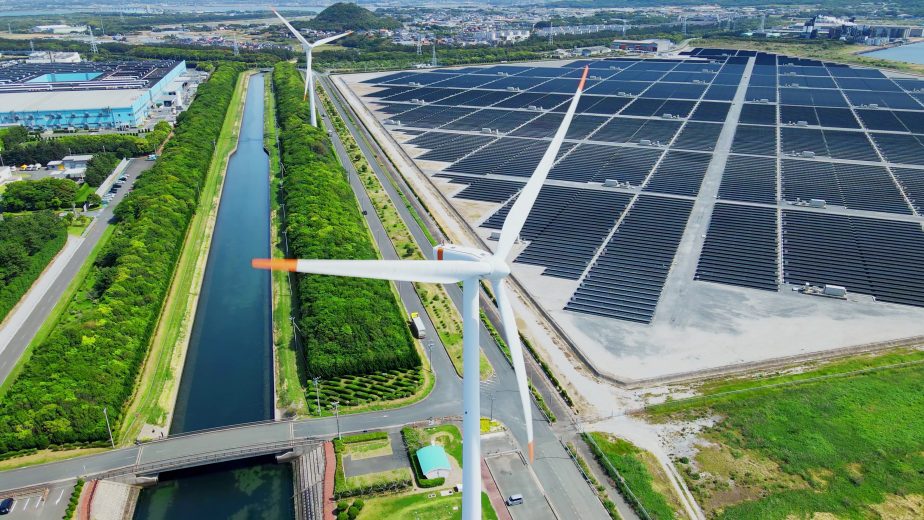
The Core Mechanism: How Non-Fossil Certificates Work
Where does our electricity come from? It’s a mix of sources – some powered by fossil fuels like coal, oil, and natural gas, and others by non-fossil energy, including renewables such as solar, wind, hydro, and geothermal, alongside nuclear power. While the electricity itself serves the same purpose, its origin makes a world of difference to our environment.
Generating power from fossil fuels releases significant amounts of CO2. In stark contrast, non-fossil sources dramatically cut down these emissions, creating valuable environmental benefits.
This is precisely where Non-Fossil Certificates come into play. They take the environmental value of electricity generated from non-fossil power sources, make it visible, and allow it to be traded independently of the electricity itself. When you acquire these certificates, you’re essentially recognized for tapping into the clean energy produced by non-fossil fuels.
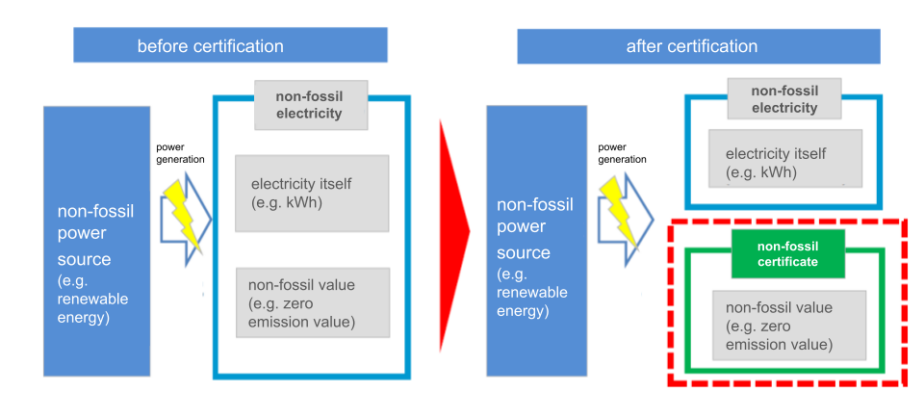
Note: translated by Shizen Energy based on source from the Agency for Natural Resources and Energy 非化石価値取引について-再エネ価値取引市場を中心に-(Japanese)
As this diagram shows, the Non-Fossil Certificate system was designed to ensure that the environmental value of non-fossil power sources is utilized both effectively and appropriately.
Differences between Non-Fossil Certificates, Green Electricity Certificates, and J-Credits
Stepping beyond Non-Fossil Certificates, you’ll find other environmental certificates that also let you trade the environmental value of power sources that don’t emit CO2. These include Green Electricity Certificates and J-Credits. While they all aim for a similar goal, each has its own unique flavor and characteristics. Let’s break them down:
| Characteristics of Non-Fossil Certificates, Green Electricity Certificates and J-Credits | |
|---|---|
| Non-Fossil Certificates |
|
| Green Electricity Certificates |
|
| J-Credits |
|
As mentioned above, various types of environmental certificates are traded. Among these, Non-Fossil Certificates are the most widely issued in Japan.
A key characteristic of FIT Non-Fossil Certificates, a type of Non-Fossil Certificate, is their affordability compared to others. This is partly due to the minimum price being lowered from the original 1.3 yen/kWh to 0.3 yen/kWh in November 2021. (The price subsequently increased to 0.4 yen/kWh in August 2023.)
Types of Non-Fossil Certificates
There are broadly three types of Non-Fossil Certificates, each with different characteristics and applications.
| 3 Types of Non-Fossil Certificates | |
|---|---|
| FIT Non-Fossil Certificates | Certificates representing the environmental value of power sources under the government’s Feed-in Tariff (FIT) system e.g. Solar, wind, and biomass power |
| Non-FIT Non-Fossil Certificates (Renewable) | Certificates representing the environmental value of renewable energy sources not under the FIT system e.g. Large-scale hydropower |
| Non-FIT Non-Fossil Certificates (Non-Renewable) | Certificates representing the environmental value of non-renewable, non-fossil energy sources not under the FIT system e.g. Nuclear power |
Let’s look into the key aspects of each type:
FIT Non-Fossil Certificates
FIT Non-Fossil Certificates represent the environmental value of electricity from sources receiving the government’s Feed-in Tariff (FIT) scheme, such as solar and wind power.
A significant advantage of FIT Non-Fossil Certificates, especially those with tracking that identifies the specific energy source and location, is their acceptance for RE100 compliance, offering broad applicability.
Non-FIT Non-Fossil Certificates (Renewable)
Non-FIT Non-Fossil Certificates (Renewable) represent the environmental value of renewable energy sources not under the FIT scheme, including large-scale hydropower and power from facilities after their FIT period.
These certificates support Virtual Power Purchase Agreements (VPPAs), a type of off-site Corporate PPA. In a VPPA, companies can trade Non-FIT Non-Fossil Certificates directly with generators, separately from their electricity supply contracts.
This allows companies to acquire the environmental attributes of renewable energy without changing their existing power agreements.
Conversely, Physical PPAs transfer both the electricity and the associated environmental value.
Source: バーチャルPPAとFIP非化石証書の直接取引(自然エネルギー財団) (Japanese)
Non-FIT Non-Fossil Certificates (Non-Renewable)
Non-FIT Non-Fossil Certificates (Non-Renewable) represent the environmental value of non-renewable, non-fossil energy sources that are not part of the FIT scheme.
These certificates cover power generation like nuclear energy, which, while not using fossil fuels, doesn’t qualify as renewable and is used to meet targets under the Act on Sophisticated Methods of Energy Supply Structures.
Benefits and Important Considerations for Non-Fossil Certificates
While Non-Fossil Certificates offer substantial benefits for companies advancing decarbonization, it’s essential to be aware of certain key considerations. Understanding both the advantages and potential nuances is crucial for effective and strategic utilization.
| Benefits and Considerations for Using Non-Fossil Certificates | |
|---|---|
| Benefits |
|
| Considerations |
|
Key Benefits of Non-Fossil Certificates
Integrating Non-Fossil Certificates into your decarbonization strategy can significantly reduce the reported environmental impact of your electricity consumption.
These certificates enable companies to claim renewable energy attributes without altering existing power contracts. For organizations where achieving reporting targets solely through direct investment in renewable infrastructure is challenging, Non-Fossil Certificates provide an effective supplementary solution.
Consequently, incorporating Non-Fossil Certificates not only demonstrates your company’s commitment to environmental stewardship but also reinforces your ESG (Environmental, Social, and Governance) efforts.

Important Considerations When Using Non-Fossil Certificates
It’s vital to understand the distinctions between certificate types. Specifically, Non-FIT Non-Fossil Certificates (Non-Renewable) may include electricity from sources such as nuclear power.
If your company needs to select specific power sources or origins to align with internal sustainability goals, thorough due diligence is necessary.
Furthermore, the acquisition of Non-Fossil Certificates involves costs. Market prices fluctuate, requiring organizations to track market trends, anticipate price movements, and secure an appropriate budget.
Finally, it is important to understand that environmental certificates are essentially purchasing the value of CO2 reductions achieved by others. In decarbonization efforts, it is crucial to understand that the primary prerequisite is to reduce CO2 and other greenhouse gases through direct operational improvements.
Strategic Utilization of Non-Fossil Certificates for Businesses
Businesses can leverage Non-Fossil Certificates in several key ways, notably:
- Enhancing corporate image by demonstrating a commitment to clean energy
- Strengthening sustainability reporting and compliance efforts
Let’s explore these applications in more detail.
Positioning Your Company as a Clean Energy Organization
By strategically acquiring Non-Fossil Certificates, your organization can significantly increase the reported percentage of renewable energy used in its operations, bolstering its reputation in decarbonization.
Here are practical examples:
- Powering Facilities with Renewables: Secure Non-Fossil Certificates to match the electricity consumption of your stores, offices, or factories, effectively achieving a 100% renewable energy rate.
- Sustainable Vending Machines: Offset the energy used by vending machines with Non-Fossil Certificates, branding them as operating on clean energy.
- Supporting Community Recovery: Choose Non-Fossil Certificates sourced from supporting areas recovering, for example, from natural disasters, aligning your clean energy goals with social responsibility.
- Event Offsetting: Utilize certificates for short-term offsets of the large energy demand associated with events or conferences.
Leveraging Certificates for Reporting and Compliance
Non-Fossil Certificates are valuable assets for various corporate reporting requirements. Examples include:
- Reporting under the Act on Promotion of Global Warming Countermeasures
- Submissions related to the Act on the Rational Use of Energy and Carbon Disclosure Project (CDP) questionnaires
- Reporting to the Science Based Targets (SBT)
- Reporting to RE100, among others
Note that reporting requirements and conditions for utilizing Non-Fossil Certificates may vary. Always verify the applicability of certificates for specific reporting obligations.
Shizen Energy Inc. offers services to assist companies in procuring environmental certificates, including Non-Fossil Certificates and J-Credits. To learn more about the specific types of certificates and their implementation for your decarbonization strategy, please explore our resources:
Summary
Non-Fossil Certificates represent the distinct environmental value – specifically, the absence of CO2 emissions – associated with power generation, separated from the electricity itself. By procuring these certificates, organizations can effectively incorporate renewable energy attributes even in facilities where direct renewable energy installation is challenging due to operational constraints or physical limitations.
Recent regulatory changes have made these certificates more accessible and cost-effective for consumers, significantly lowering barriers to entry. We encourage all businesses committed to sustainability to explore Non-Fossil Certificates as a valuable component of their broader decarbonization strategies.
| 【Reference】The following materials are in Japanese. |

